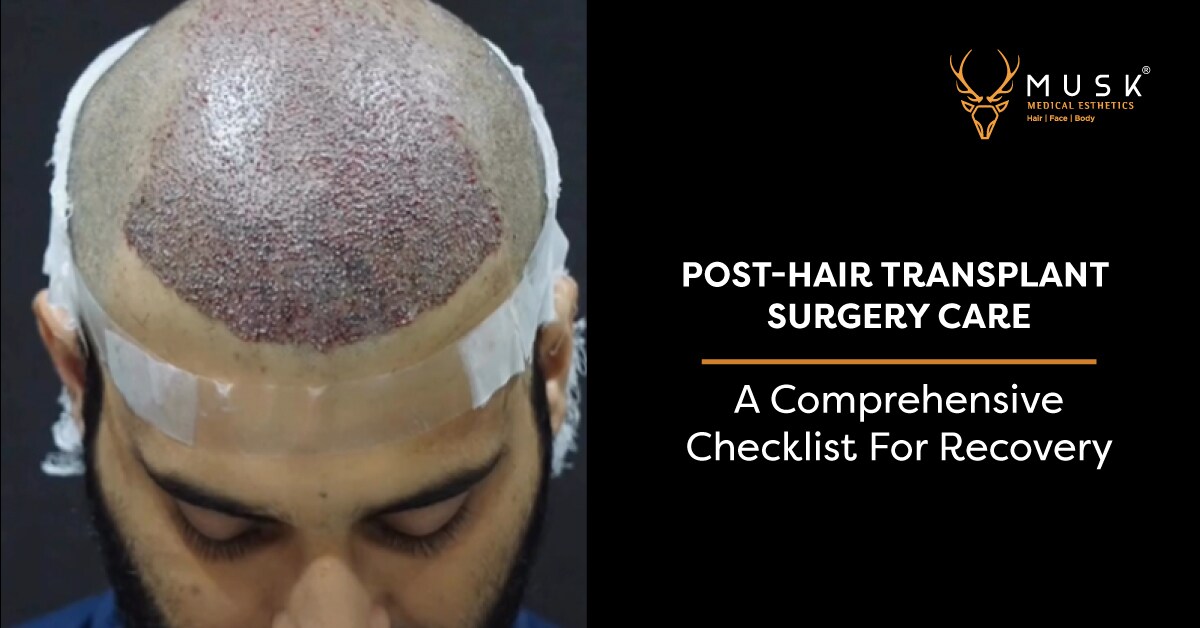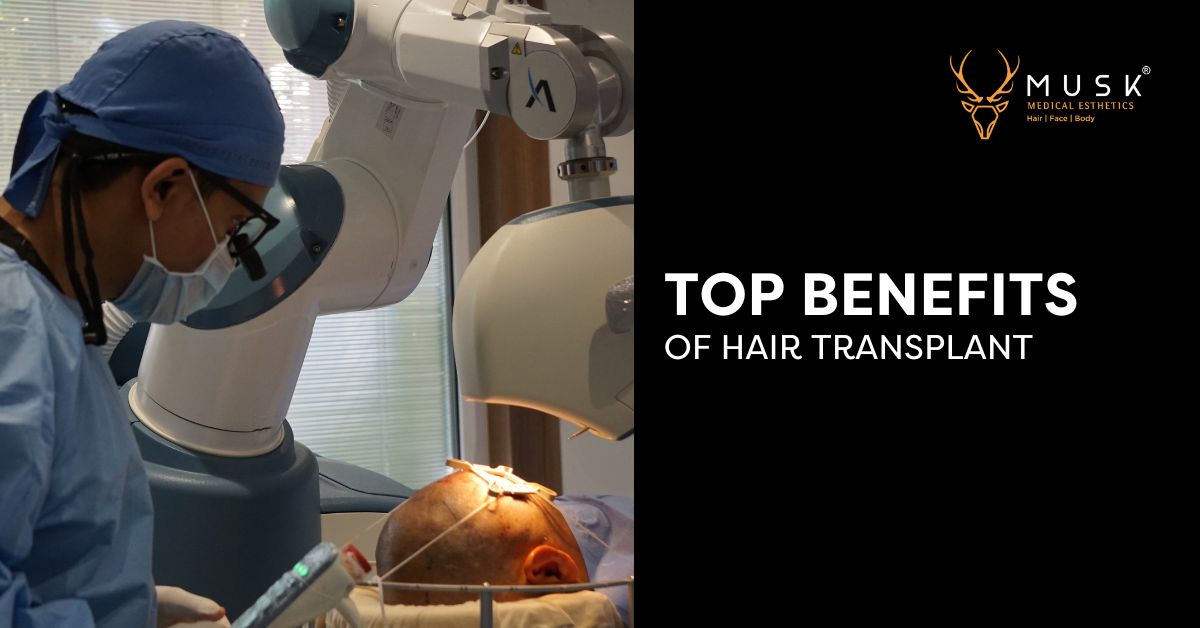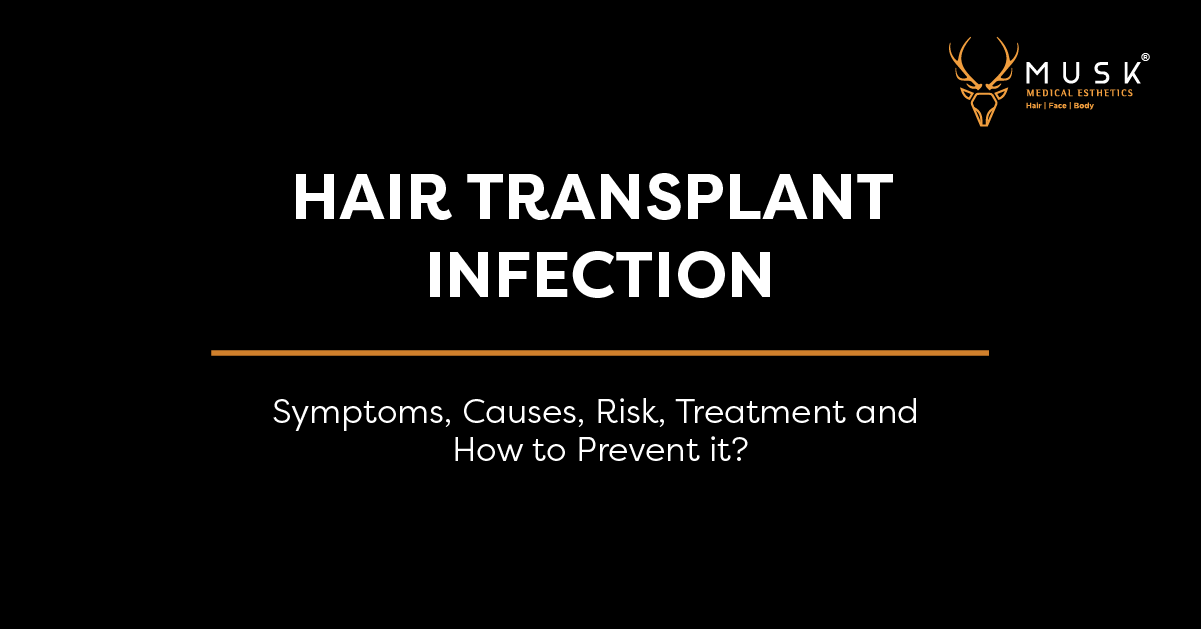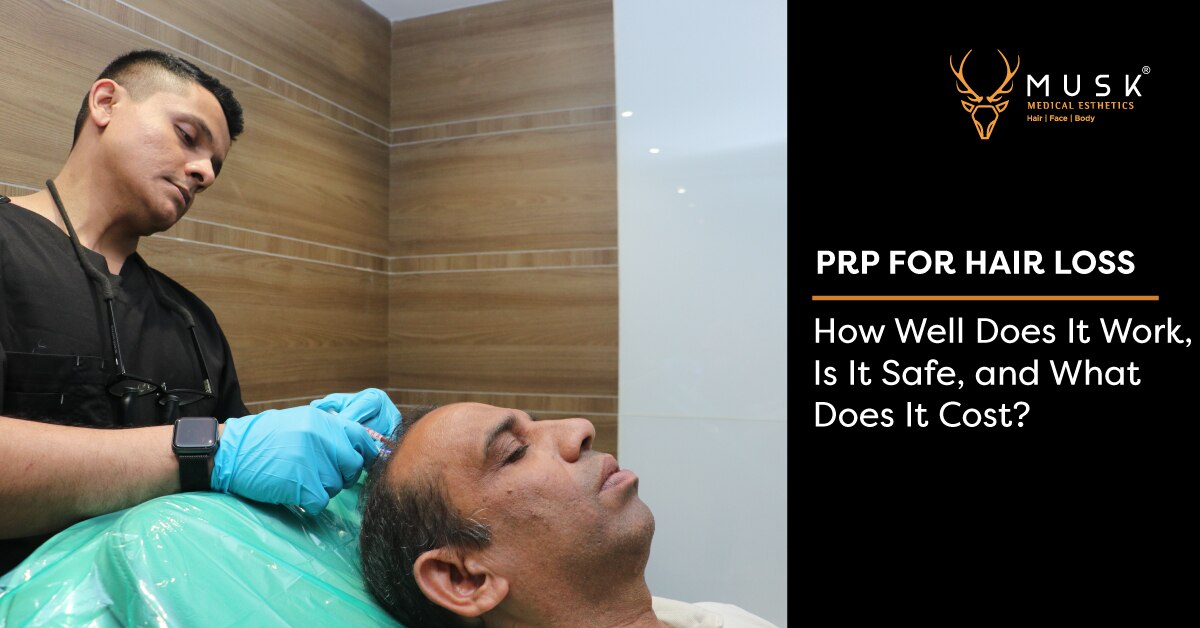
Post-Hair Transplant Surgery Care: A Comprehensive Checklist for Recovery
If you’ve recently undergone a hair transplant surgery, congratulations! You’ve taken a significant step towards regaining your confidence and achieving the hair you’ve always desired.
However, the work is not done after the surgery. Taking good care of yourself after the operation is very important for healing properly and getting the best results.
In this blog post, we’ll provide you with a comprehensive checklist to guide you through the hair transplant aftercare recovery process.
Follow these steps meticulously, and you’ll be on your way to a successful hair transplant experience.
Let’s dive in!
Understanding the Healing Process
After your hair transplant surgery, your scalp will go through a series of healing phases.
It’s essential to understand these phases to manage your expectations and stay on track with your recovery.
Initially, you may experience swelling and scabbing around the transplanted area. Don’t worry; this is completely normal and part of the healing process.
You may also notice some shedding of the newly transplanted hair follicles, but this is temporary and doesn’t mean the grafts have failed.
Remember, patience is key during this time. We highly recommend to follow your surgeon’s instructions closely and trust that the healing process will unfold gradually.
With proper care and time, you’ll begin to see the desired results.
Aftercare Instructions 1-3 Days Post Hair Transplant
The first few days after your hair transplant are the most important. During this time, you need to take it very slow and easy and let your scalp fully rest and recover.
For starters, you must avoid strenuous activities, exercise, or anything that could increase your blood pressure and disrupt the delicate grafts. Instead, kick back, relax, and let your body focus on healing.
Secondly, keep the transplanted area of your head clean and dry. It is also essential to follow our surgeon’s instructions on how to gently cleanse the area without disrupting the grafts. You may need to adjust your sleeping position and use specialized pillowcases to prevent unnecessary pressure or friction on the treated area.
Furthermore, you may experience the common side effects of hair transplant such as swelling, bruising, and discomfort. But, your surgeon will prescribe medication to manage these symptoms. Just make sure to follow the dosage instructions carefully, and don’t hesitate to reach out if the discomfort becomes unbearable.
Aftercare Instructions for 4-9 Days Post Hair Transplant
As you enter the second phase of recovery, you’ll likely be able to resume some light activities, but it’s still crucial to take things slowly.
Your surgeon will explain a few gentle hair-washing techniques to help keep the grafted area clean without dislodging the newly transplanted follicles.
Apart from hair-washing, sun exposure can be detrimental during this stage, so be diligent about protecting your scalp with hats or scarves when venturing outdoors.
Most importantly, if you notice any signs of complications, such as excessive bleeding, fever, or severe pain, contact your surgeon immediately.
Aftercare Instructions for 10-14 Days Post Hair Transplant
As you approach the two-week mark, you’ll likely be feeling more like yourself and eager to resume your regular routine. However, it’s still essential to take precautions to ensure your recovery stays on track.
While you can gradually resume your regular activities, be mindful of the potential for physical trauma to the grafted area.
You need to ensure proper hair care and styling techniques during this phase. Your surgeon can guide you on the best practices to avoid disrupting the delicate grafts.
That said if you notice shedding of hair post-treatment, know that it is a natural part of the hair growth cycle, and you may notice some transplanted hairs falling out. This is nothing to worry about – it’s simply a temporary phase as the new follicles establish themselves.
Aftercare Instructions after 15 Days Post Hair Transplant
Once you’ve made it through the most intensive phase of recovery, you can now safely resume your normal daily routines and activities. However, it’s still critical to prioritize your hair’s health.
Long-term hair care and maintenance will be crucial for preserving your results. Your surgeon can provide personalized tips on the best practices for shampooing, conditioning, and styling your new locks.
While you’ll likely see some initial growth, be patient – it can take several months for the full results to become apparent.
Also, remember that lifestyle and environmental factors can impact your hair’s health, so consider adjusting your habits accordingly.
Precautions after hair transplant like avoiding direct sun exposure and minimizing physical strain are extremely important to protect the delicate grafts.
Maintaining Proper Hygiene
Keeping the area clean and maintaining proper hygiene is essential for promoting healing and preventing infections.
Here are a couple of things you must take care of:
- Hairwashing — Your surgeon will provide specific instructions on when and how to wash your hair after the surgery. And it is critical to follow these instructions carefully, as improper hair washing can dislodge the grafts or introduce infections.
- Showering — When showering, be gentle and avoid letting the water stream directly onto the surgical site. Use lukewarm water and avoid harsh soaps or shampoos that could irritate the area.
- Avoiding irritants — During the initial healing phase, avoid using hair styling products, tools, and anything else that could potentially irritate the scalp or disrupt the grafts.
Follow-up Appointments
Attending all scheduled follow-up appointments with your surgeon is crucial for monitoring your progress and ensuring a successful recovery.
During these appointments, your surgeon will:
- Keep an eye on how the healing is going and let your doctor know right away if you have any worries or if any problems come up.
- Remove stitches or dressings, if applicable.
- Provide additional guidance and instructions for ongoing care and maintenance.
Remember, your surgeon is your partner in your
hair transplant
journey and it’s crucial to follow the given instructions to achieve the best outcome.
Conclusion
Undergoing a hair transplant is a significant investment in your confidence and self-esteem, but the journey doesn’t end with the surgery itself.
Recovering from hair transplant surgery is a journey that demands careful attention to hair transplant care after surgery.
By following the comprehensive checklist outlined in this guide, you’ll be well-equipped to navigate each stage of the recovery process with confidence.
For those still contemplating a hair transplant or seeking the best hair transplant clinic in India consider Musk Clinic. Renowned for its expertise, especially in hair transplant in Ahmedabad, We have a team of highly skilled and experienced surgeons who specialize in advanced hair transplant techniques.
With their expertise and our state-of-the-art facilities, you can trust that you’ll receive top-notch care throughout the entire process.
Read More:
- How to Sleep After a Hair Transplant Surgery?
- What is the Ideal Age to Get Hair Transplant Treatment?
- Benefits of PRP Treatment for Hair Loss:What You Need to Know
- Hair Transplant


